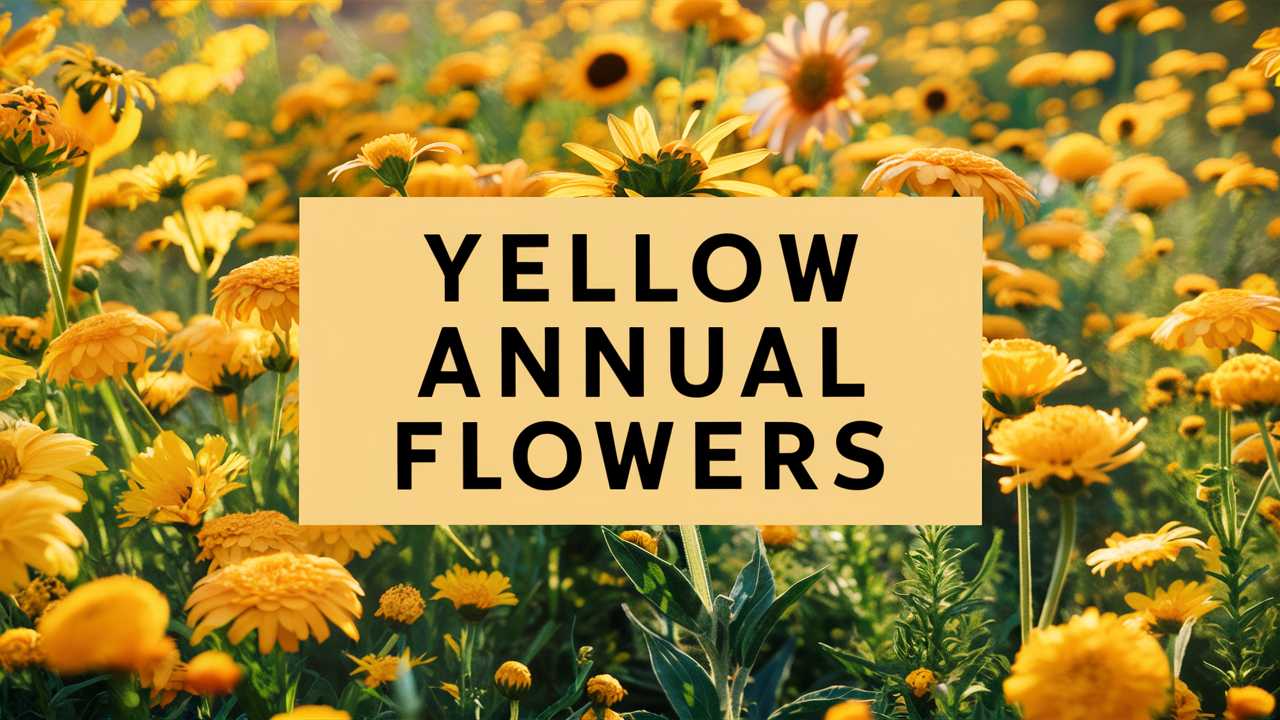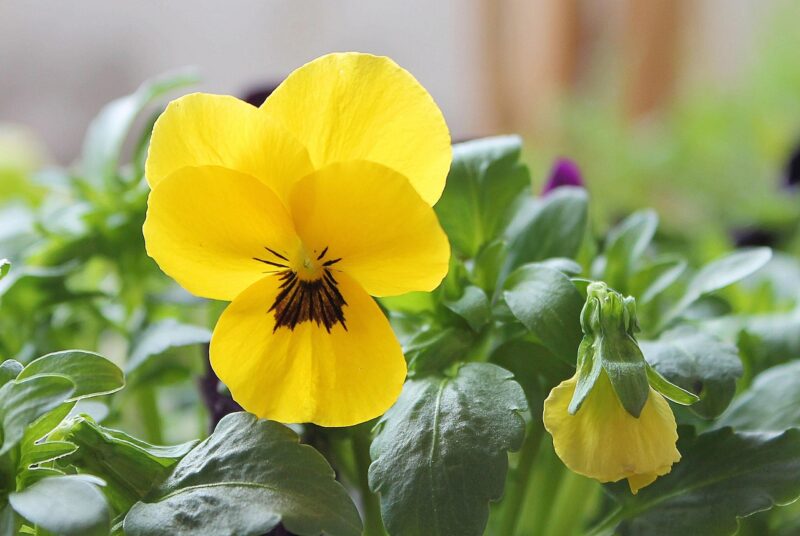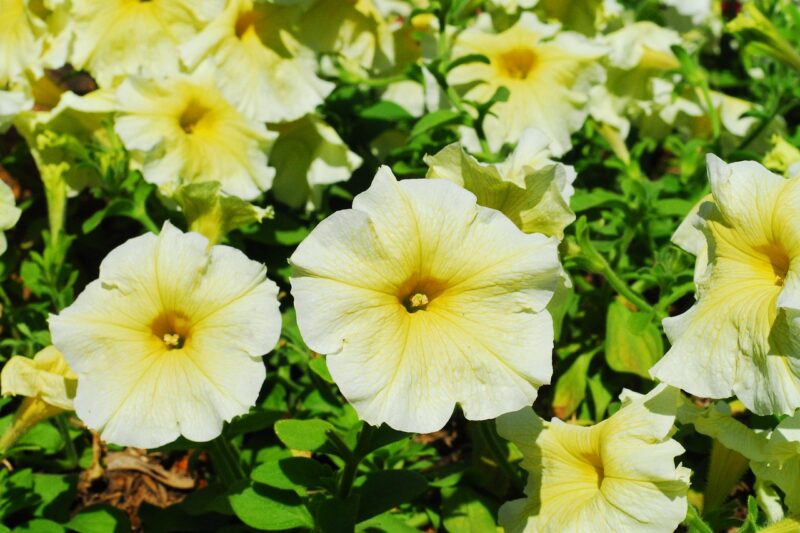In this post, we will explore various yellow annual flowers, their unique characteristics, optimal growing conditions, and care tips.
Yellow Pansies
Pansies are beloved for their large, intricate blooms and vibrant colors. Although they are most commonly seen in shades of purple, blue, and white, yellow pansies add a sunny touch to garden beds and containers. They thrive in cooler weather and are perfect for early spring and fall gardens.
These delightful flowers come in various patterns, including solid yellow and bi-color varieties. Pansies are also ideal for garden borders and hanging baskets. They prefer well-drained soil and grow best in full sun to partial shade. Regular deadheading promotes continuous blooming, ensuring your garden remains bright through the season. The heartiness of pansies makes them an excellent choice for cooler climates since they can tolerate light frosts.
Bidens

Often overlooked, Bidens is a charming annual flower that produces cheerful, daisy-like yellow flowers. With a long blooming season that lasts from late spring through the fall, they provide a steady supply of color in sunny gardens. Bidens is highly valued for its low-maintenance nature and ability to attract butterflies.
This flower thrives in full sun and well-drained soil, making it ideal for garden beds, container gardening, or even hanging baskets. It requires minimal care—occasional watering and fertilization will suffice. Because of their vigorous growth habit, they can be used as ground cover to fill in gaps and suppress weeds. Bidens also pairs well with taller flowers, creating a layered effect in mixed flower arrangements.
Marigolds
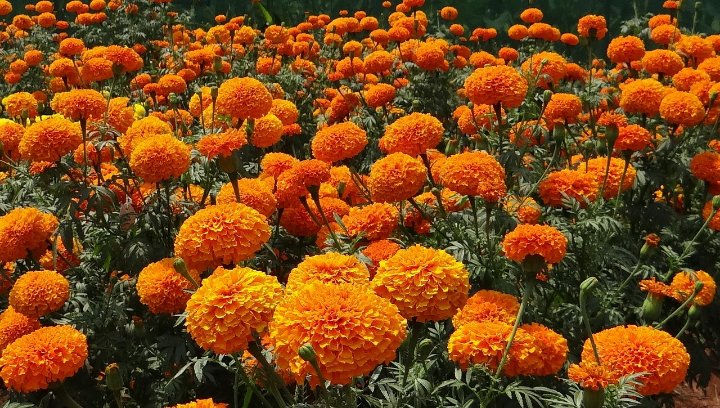
Marigolds are one of the most popular yellow annuals, and for a good reason. With their bright, golden flowers, they light up gardens and pots alike. They are particularly appreciated for their pest-repellent properties; they can deter nematodes and other garden pests, making them excellent companions for vegetable gardens.
Available in several varieties, including French marigolds and African marigolds, these flowers thrive in full sun and adapt well to a variety of soil types. Marigolds are extremely easy to grow and are very forgiving of neglect. Regular deadheading will enhance their blooming potential, providing flowers throughout the summer until frost.
Calendula
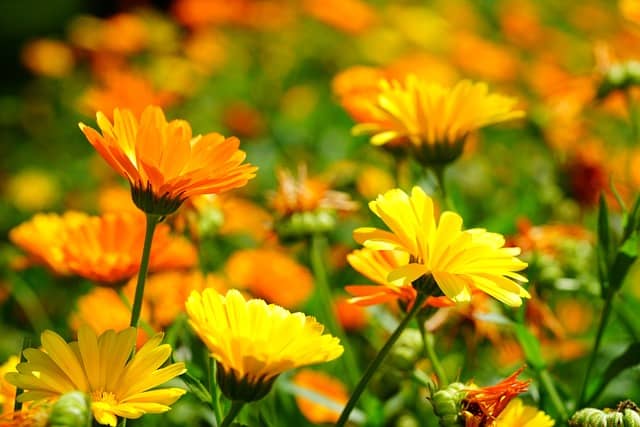
Calendula, also known as pot marigold, features striking yellow and orange flowers that bloom throughout the growing season. These flowers not only add a burst of color, but they are also edible, making them a unique addition to herb and vegetable gardens.
Calendula thrives best in well-draining soil with full sun exposure. Regular watering is necessary, especially during dry spells, but be careful not to overwater. Calendula is also known to attract beneficial insects, such as bees and ladybugs, which help in pollination and pest control. Furthermore, its medicinal properties have been cherished for centuries, often used in skin ointments and teas.
Yellow Petunias
Petunias come in a variety of colors, including countless shades of yellow. Known for their trumpet-shaped flowers and bold colors, they are favored for containers, hanging baskets, and garden beds. The yellow variant often has a delightful fragrance that can enhance your outdoor experience.
These flowers prefer full sun and well-drained soil, requiring regular watering, especially during hot periods. Petunias are fairly low-maintenance, but to encourage bushiness and continuous blooming, regular deadheading is recommended. Their ability to cascade makes them perfect for elevated planters or cascading arrangements.
Calibrachoa
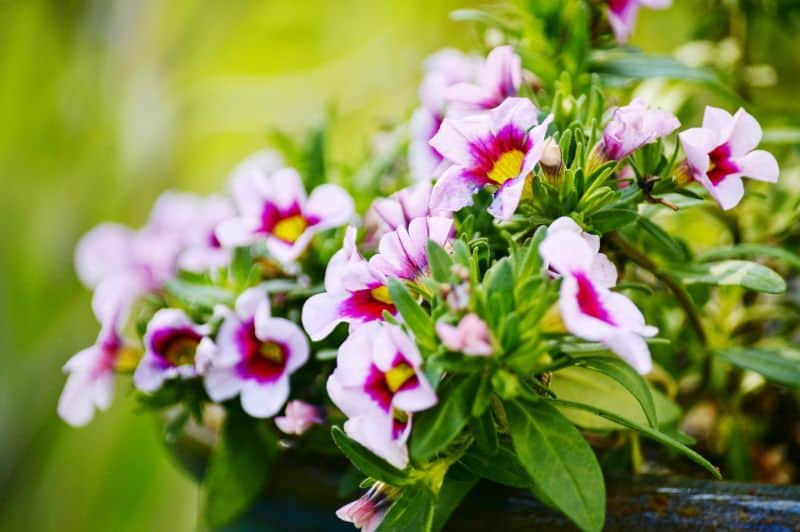
Calibrachoa, commonly known as million bells, is a compact flower similar in appearance to petunias but with smaller blooms. The yellow varieties bloom profusely, creating a stunning display in containers and hanging baskets. Their trailing nature makes them ideal for cascading over the edges of pots.
These plants thrive in full sun to partial shade and prefer slightly acidic, well-drained soil. Calibrachoas are relatively drought-tolerant once established, but they will benefit from regular watering during prolonged dry periods. Like petunias, they will produce more flowers with regular deadheading, and they are excellent at attracting pollinators.
Cannas
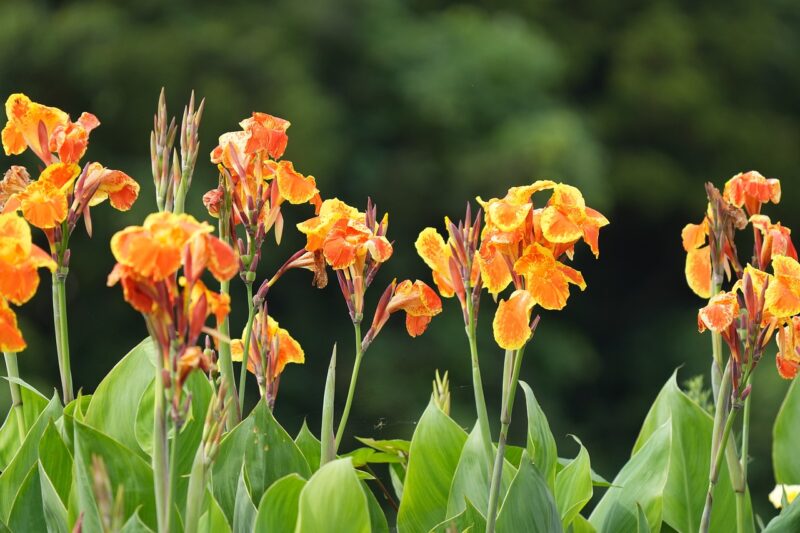
Cannas may not be your typical annual flower, as they can often be treated as perennials in warmer climates. However, they are frequently planted as annuals to add drama to garden spaces. Their bold, tropical foliage is complemented by striking yellow and orange flowers that bloom throughout the summer.
Cannas thrive in full sun and require rich, well-drained soil. They enjoy consistent watering, particularly during hotter months, and benefit from regular fertilization. Cannas will bring height to your garden landscapes, making them exceptional for background plantings or as focal points in border designs.
Lantana
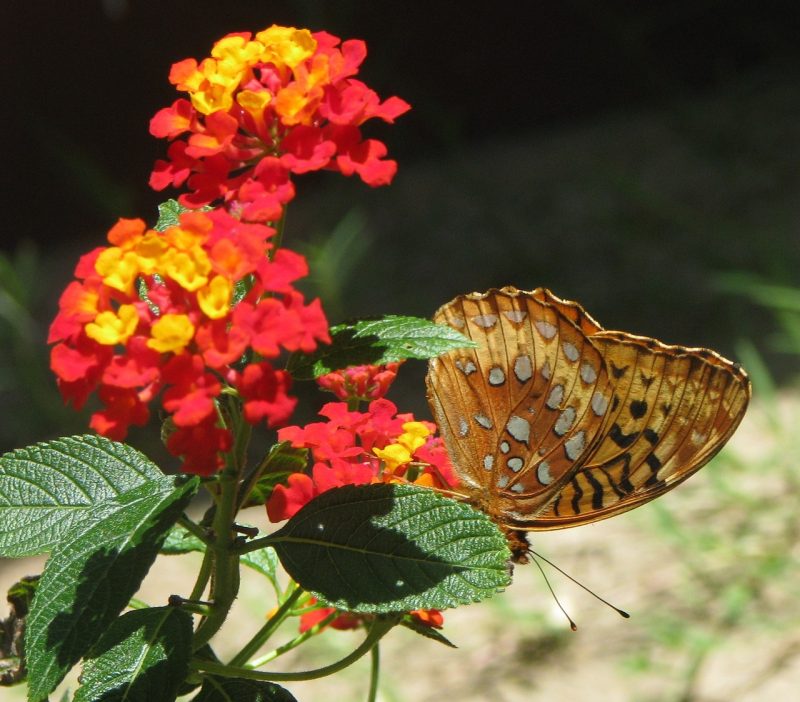
Lantana is a versatile and resilient annual that produces delightful clusters of yellow flowers mixed with other colors like orange and red. Ideal for hot, sunny areas, lantanas are drought-tolerant and perform well in poor soil conditions, making them a fantastic choice for low-maintenance gardens.
These flowers attract butterflies and hummingbirds, adding life to your garden. They can be grown in pots, mixed borders, or as ground covers. Make sure to prune lantanas back periodically to promote bushier growth and more prolific flowering.
Purslane
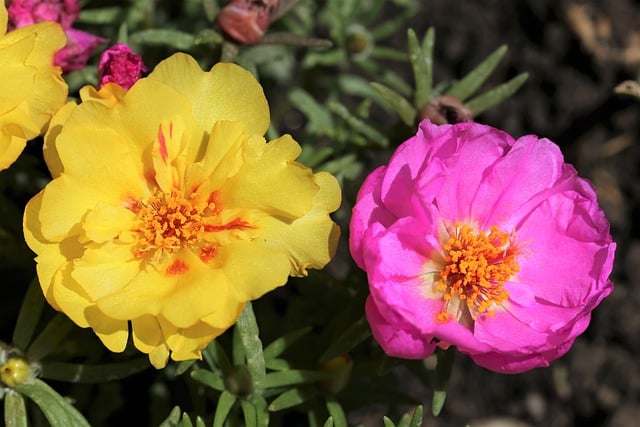
Purslane is a unique succulent annual that blooms brightly during the hottest parts of summer. With its fleshy leaves and vibrant yellow flowers, it’s a low-growing plant that works wonderfully in rock gardens or as a ground cover.
This hardy plant flourishes in full sun and tolerates drought, making it a perfect choice for xeriscaping. Purslane is also edible, known for its nutritional benefits and is sometimes used in salads. Regular watering will keep it looking its best, but overall, pursuit of care is minimal, allowing it to thrive in less-than-ideal conditions.
Nemesia

Nemesia is a slightly lesser-known annual flower that comes in a variety of shades, including lovely yellows. These delicate blooms, which resemble the snapdragon, offer a sweet aroma, making them perfect for the front of garden beds or containers.
Nemesia prefers cooler temperatures and can grow best in partial shade to full sun. Regular deadheading will promote an extended blooming period, and these flowers appreciate consistent moisture, especially in the heat of summer. They pair beautifully with other annuals and can provide a charming accent to more robust plantings.
African Daisy
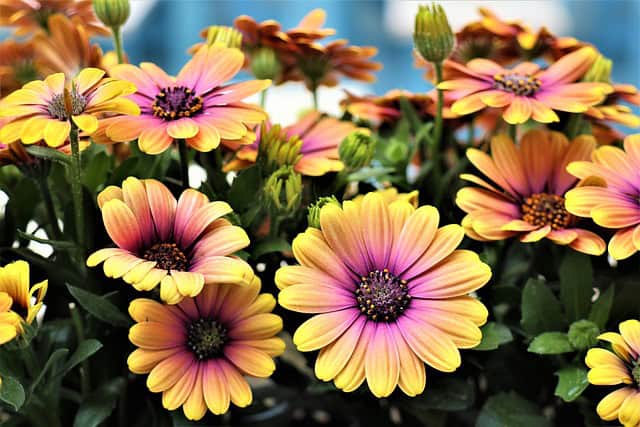
The African daisy, or Gazania, is characterized by its vibrant flowers that open with the sun and close at night. These daisies often showcase bright yellow hues that can easily brighten any landscape.
They thrive in well-draining soil and prefer full sun, making them excellent candidates for sunny spots in your garden. African daisies are drought tolerant and can withstand poor soil conditions. While they require little maintenance, occasional deadheading will help keep them looking their best, allowing for longer blooming periods.
Yellow Zinnia
Zinnias are among the most versatile annual flowers, with tall varieties reaching impressive heights. These flowers come in a rich array of colors, including numerous shades of yellow. Their robust blooms can survive hot and humid conditions while attracting butterflies to your garden.
Zinnias prefer full sun and well-drained soil, thriving with regular watering and occasional fertilization. They are remarkably easy to grow from seed and can also be direct-sown into garden beds after the last frost. For continuous blooms, keep deadheading throughout the summer, and enjoy their cheerful presence until the fall.
Creeping Zinnia
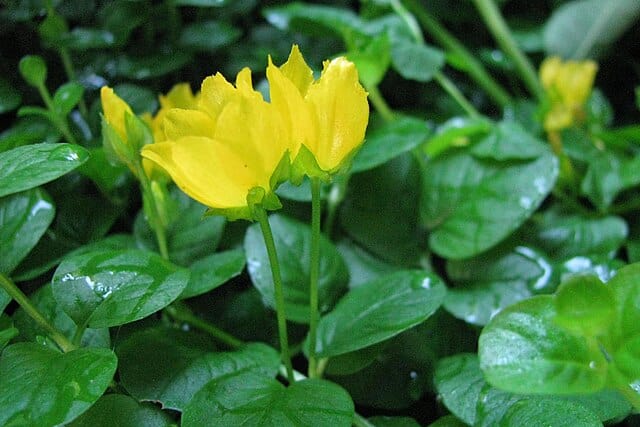
The creeping zinnia, or Zinnia angustifolia, is a compact and low-growing version of its taller relative. This annual produces bright yellow flowers that spread outwards, making it an excellent choice for filling in gaps in your landscape or as ground cover.
Like the traditional zinnia, creeping zinnias thrive in full sun and can tolerate drought conditions. They’re incredibly resilient, needing minimal care while providing delightful color. The dense foliage creates an effective barrier against weeds, and its ability to attract butterflies adds even more charm to your garden.
Black Eyed Susan
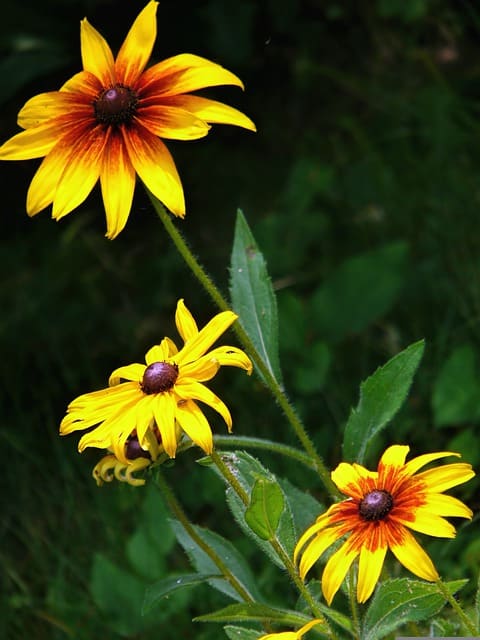
While typically classified as a perennial, many gardeners choose to treat Black Eyed Susans (Rudbeckia hirta) as annuals. Their iconic yellow petals and dark centers bring cheerful splashes of color to beds and borders.
These flowers thrive in full sun and are incredibly hardy, capable of thriving in various soil types. With minimal care, including occasional deadheading to promote blooming, Black Eyed Susans easily naturalize, often reseeding in subsequent years. Their long-lasting presence makes them a favorite among gardeners.
Sunflowers

Sunflowers are the epitome of summer joy, with their towering presence and large, cheerful, yellow blooms. These annuals not only provide beauty but also serve as a source of food for both people and wildlife, given their seeds are a popular snack for birds and humans alike.
Sunflowers thrive in full sun and require well-drained soil. They need ample space to grow tall, so planting them at the back of garden beds or on the perimeter is best. Watering consistently during dry spells helps to support their growth. Beyond their beauty, sunflowers are known for their ability to attract pollinators, including bees, thereby supporting a healthy ecosystem in your garden.


